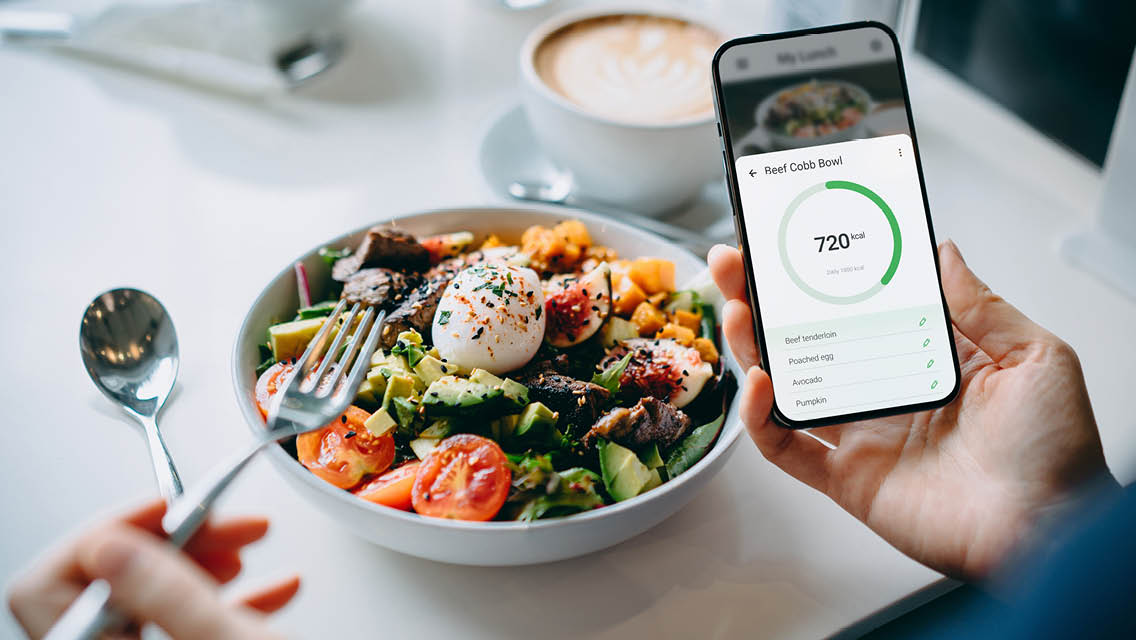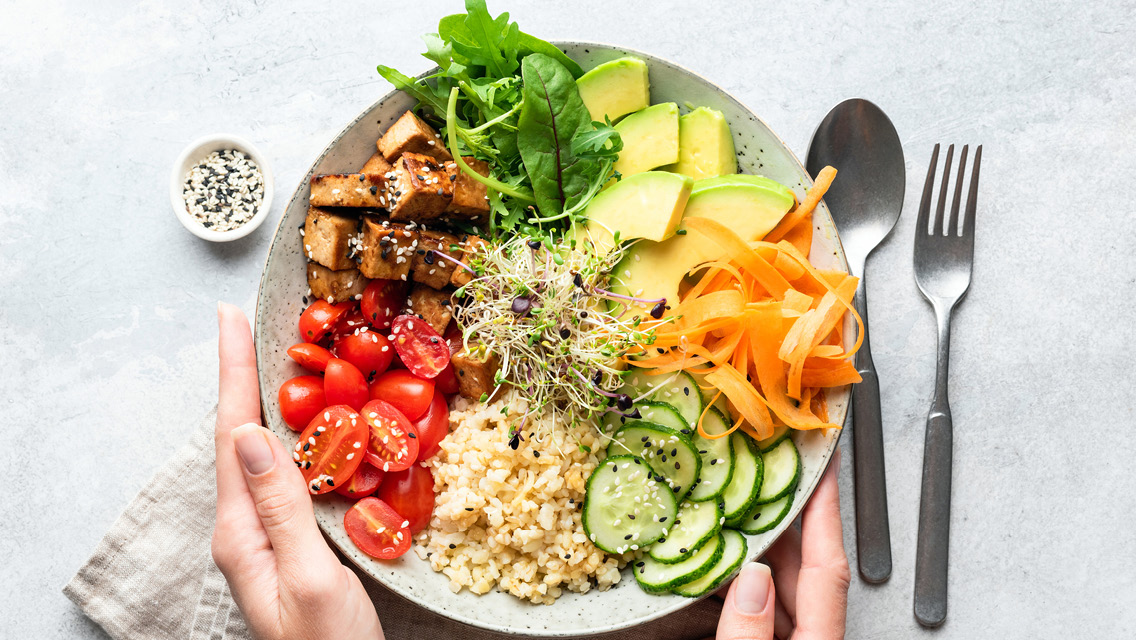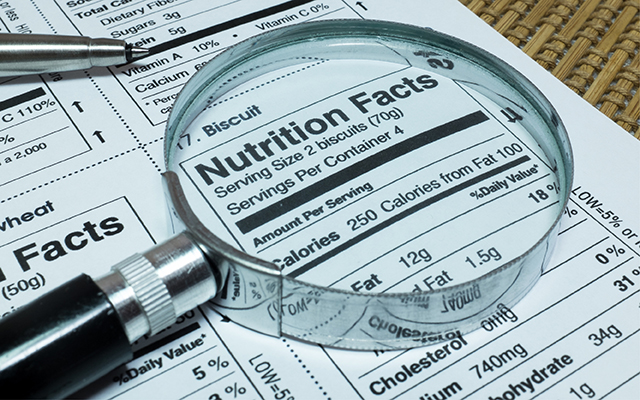It’s an enduring, confounding question: How much do you truly need to eat to power your body through the day? And behind that straightforward question lie myriad factors, according to a recent systematic review conducted by the National Academies of Sciences, Engineering, and Medicine.
The standard answer is 2,000 calories daily. That’s what the U.S. Food and Drug Administration uses for general nutrition advice, and it informs the figures you read on Nutrition Facts labels.
Yet 2,000 is a guide. The U.S. Departments of Agriculture and Health and Human Services’ 2020–2025 Dietary Guidelines for Americans breaks it down more specifically, with ranges accounting for sedentary to active lifestyles:
| Gender |
Age Range |
Calorie Range |
| Female |
9 to 13 |
1,400 to 2,200 |
| Male |
9 to 13 |
1,600 to 2,600 |
| Female |
14 to 18 |
1,800 to 2,400 |
| Male |
14 to 18 |
2,000 to 3,200 |
| Female |
19 to 30 |
1,800 to 2,400 |
| Male |
19 to 30 |
2,400 to 3,000 |
| Female |
31 and older |
1,600 to 2,200 |
| Male |
31 to 59 |
2,200 to 3,000 |
| Male |
Over 60 |
2,000 to 2,600 |
But not all calories are created equal. Veggies, fruits, grains, and lean sources of protein typically contain fewer calories but more nutrients; fats and sweets deliver the opposite. And each individual has unique nutritional needs based on their genetics, body type or shape, and more. So, even if you’re using a calorie-tracking app, it’s possible to undereat — and be undernourished — based on these generalized guidelines.
All of which brings us back to that first, ever-more-confusing question.
Food Factors
The National Academies report outlines several key factors to consider when answering the calorie question for yourself.
- Physical size: The size of your body is the most important factor affecting your calorie requirements. Simply put, the larger you are, the more calories you need.
- Body composition: Your body size is balanced by its composition. Fat mass (fat in adipose tissue) is the main storage site for energy, yet its metabolic rate — the number of calories it burns — is only a quarter of that burned by lean mass, which includes skeletal muscle, connective tissue, water, and bone.
- Physical activity: Being active can account for up to 50 percent of your total daily energy expenditure versus just 15 percent if you’re sedentary. But that doesn’t necessarily mean you need to consume a lot more calories. According to the report, an inactive, 200-pound, middle-aged man may need about 2,733 calories daily. But if he were an athlete training for a couple of hours each day, he’d require some 3,519 calories. A 165-pound woman might need 2,112 and 2,647 calories, respectively.
“Physical activity is the most variable energy component,” according to the report.
- Age: Calorie requirements decline as you get older — most noticeably in your 60s and beyond. Why? As you age, you typically lose muscle and gain fat, which burns fewer calories. And your body’s most metabolically active tissue — your brain — starts to shrink and require less energy, Susan Roberts, PhD, senior associate dean of foundational research at the Dartmouth Geisel School of Medicine, tells the New York Times.
Still, new research suggests that eating adequate amounts of protein — and engaging in moderate-intensity physical activity, especially strength (or resistance) training — may help fend off sarcopenia, the loss of lean muscle and strength, as you grow older. (For more advice on eating well as you age, listen to “10 Rules for Aging Well” or read the article based on the podcast.)
So, there is no single, easy answer. And any answer will be unique to you — and ever-changing throughout your life.
Regardless of your individual needs, remember: The quality of the calories you consume matters, so focus on nutrient-dense, whole foods as much as possible.





This Post Has 0 Comments